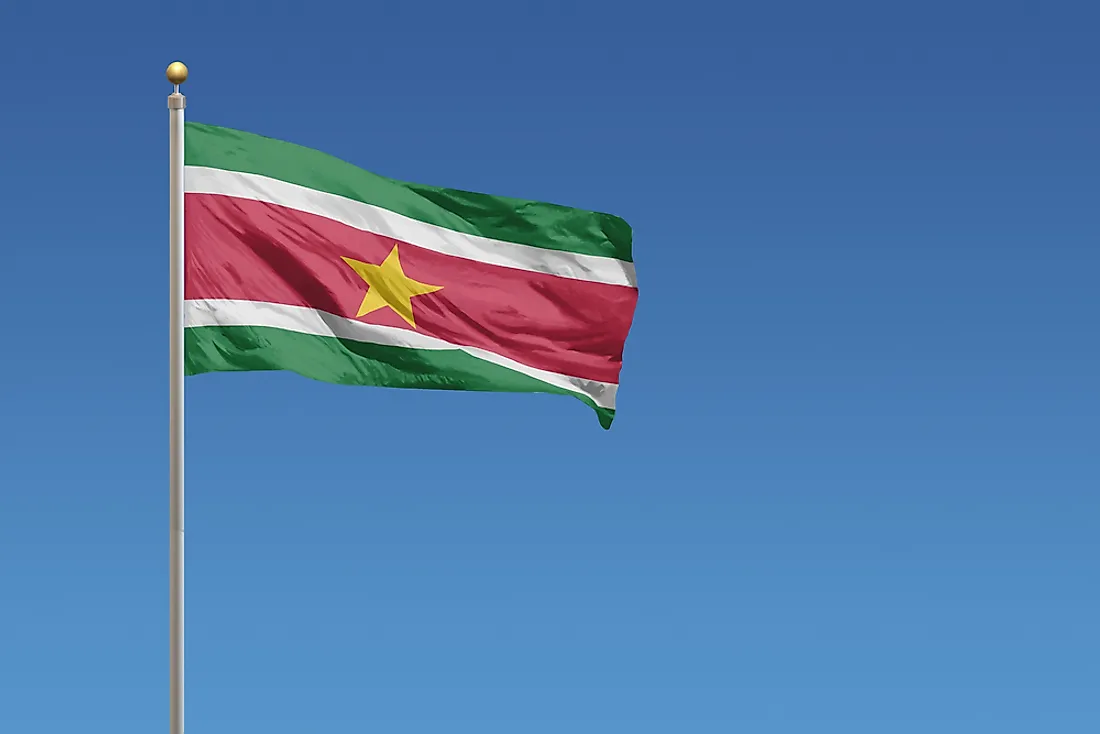What Type Of Government Does Suriname Have?

Government Of Suriname
Suriname is the smallest country in South America, covering a total area of 64,000 square miles. This country won its independence from the Kingdom of the Netherlands in 1975 when it established its first independent government. Today, the government of Suriname is administered under a parliamentary representative democracy, which means that individuals are elected to represent the general population. The government here is led by an elected President and divided into 3 branches: executive, legislative, and judicial. This article takes a closer look at each branch of government in Suriname.
The Legislative Branch Of The Government Of Suriname
The legislative branch of Suriname is a unicameral parliamentary body, known as the National Assembly. The National Assembly is made up of 51 members, who are elected to serve 5-year terms on a basis of proportional representation. Nine political parties are represented in the legislative branch, although the vast majority is held by 2 parties: Mega Cominatie (40.22%) and New Front for Democracy and Development (31.65%).
The United People’s Assembly also forms part of the executive branch of government. It is made up of 869 elected officials from all levels of government, including: the National Assembly (51 members), the District level (106 members), and the Municipal level (712 members).
The Executive Branch Of The Government Of Suriname
The President of Suriname serves as the Head of State, Head of Government, Head of the Council of State, Head of the National Security Council, and Commander in Chief of the military. The person in this position is elected for a 5-year term by the members of the National Assembly and must receive a two-thirds minimum vote. If a two-thirds vote is not achieved on 2 separate occasions, the United People’s Assembly will vote for the President and Vice President with a simple majority required.
The President is responsible for establishing a Cabinet of Ministers, which consists of 17 Ministries, including: Natural Resources, Defense, Public Health, Labor, Welfare, Agriculture, and Education (among others). In addition to this responsibility, the President also ratifies new bills, directs the Government program, and heads the Council of State.
The Council of State is made up of 15 members, 11 of whom are chosen based on the political parties represented in the National Assembly. Two members serve as labor representatives and the two remaining members belong to employer organizations. This Council advises the President and the National Assembly on policy matters.
The Vice President is responsible for ensuring that the Ministers carry out the duties and regulations set forth by the National Assembly.
The Judicial Branch Of The Government Of Suriname
The judicial branch of government is headed by the President and Vice President of the High Court of Justice (similar to a Supreme Court). This court is responsible for ensuring the correct administration of court proceedings and justice throughout the country. In addition, it serves as the highest court of appeals.
The Public Prosecutions Office also makes up this branch. Members of this office are responsible for investigating and prosecuting all illegal acts that take place in Suriname. The head of the Public Prosecutions Office is the Procurator General, who represents the country in court proceedings. The person in this position also directs police officers in order to prevent and identify crime.











